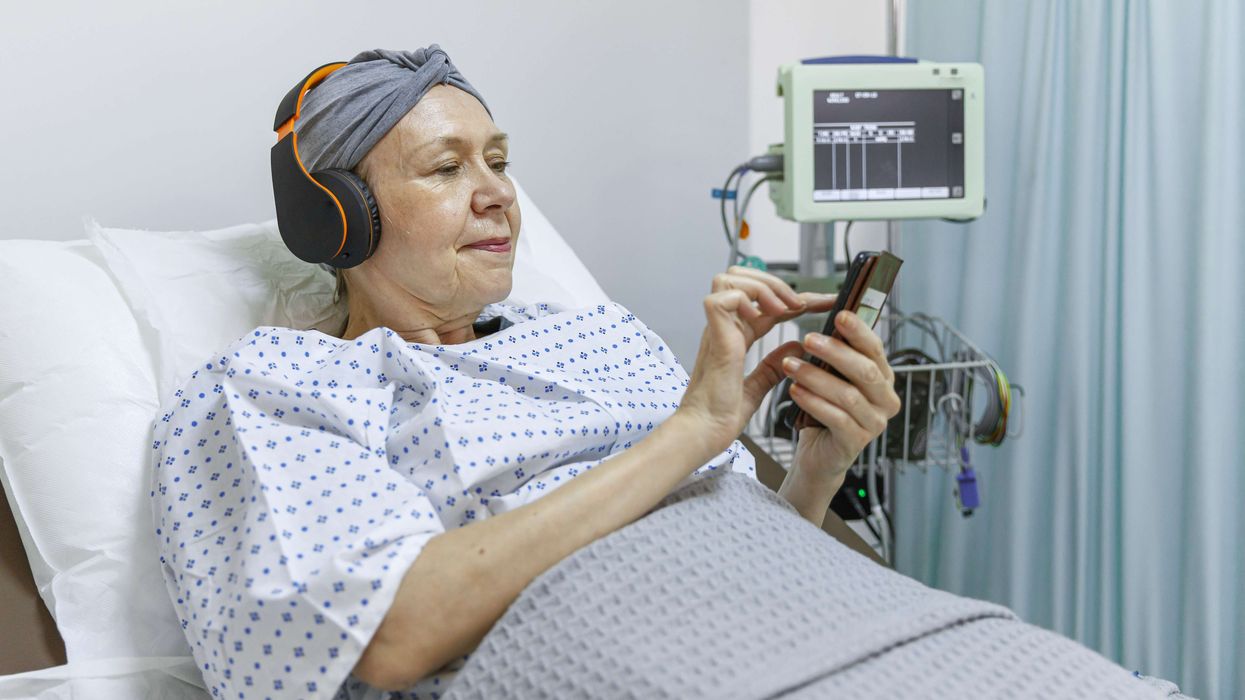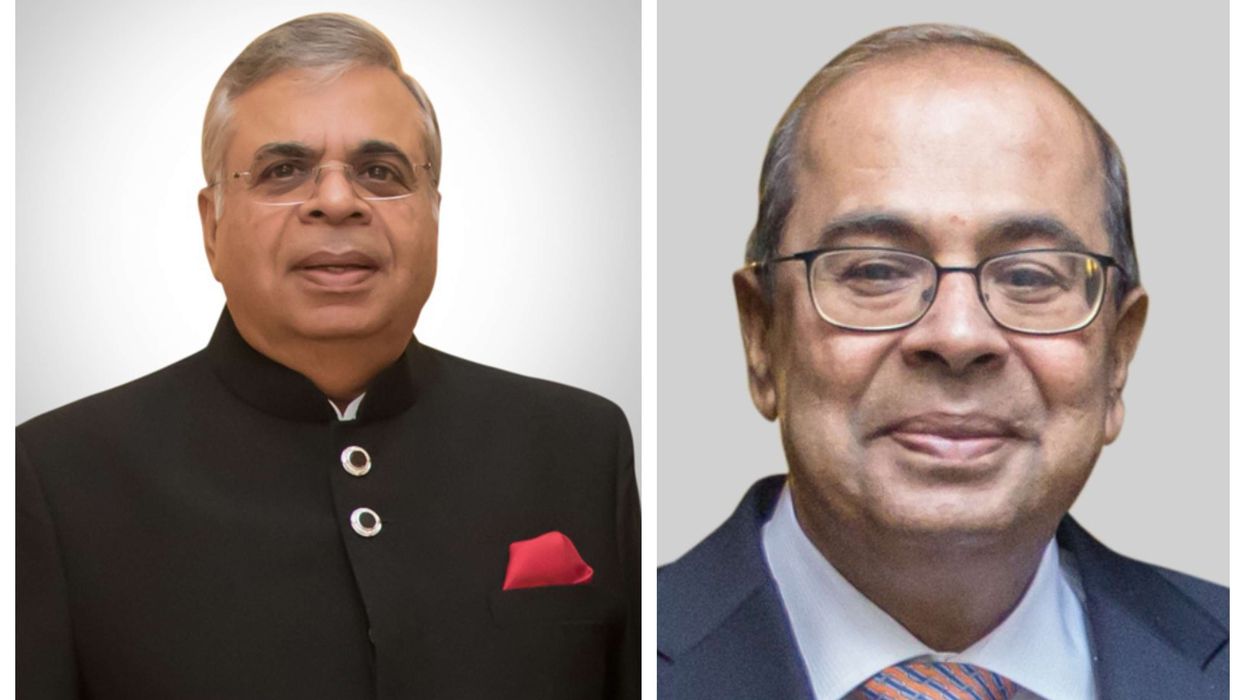Key points
- New neurons continue forming in the brain’s hippocampus into old age
- Study confirms presence of neural progenitor cells in adults
- DNA carbon dating and single-nucleus RNA sequencing were used
- Research shows variation in neuron production between individuals
- Findings could aid treatments for neurodegenerative and psychiatric disorders
Human brain shows ongoing neuron formation into older age
A new study has confirmed that the human brain continues to produce new nerve cells well into late adulthood, challenging previous assumptions about age-related decline in neurogenesis. The findings, published in the journal Science, provide fresh insight into how adaptable the brain remains over a lifetime.
Neurogenesis, the process by which new neurons form in the brain, is known to occur in the hippocampus — a region involved in memory. While previous research has suggested that this process continues throughout life, there has been limited concrete evidence of the presence of neural progenitor cells in the adult brain.
Research confirms presence of progenitor cells
The study, conducted by researchers at the Karolinska Institutet in Sweden, confirms the existence of these progenitor cells — cells that develop into neurons — in the adult hippocampus. The team used DNA carbon dating to determine when the cells were formed. Brain tissue samples from people aged 0 to 78 were analysed, sourced from international biobanks.
“We have now been able to identify these cells of origin, which confirms that there is an ongoing formation of neurons in the hippocampus of the adult brain,” said Jonas Frisén, professor of stem cell research at the Karolinska Institutet, who led the study.
Advanced techniques reveal cell activity
To conduct the study, the researchers applied a method known as single-nucleus RNA sequencing, which allows scientists to analyse gene activity in individual cell nuclei. This was combined with machine learning to identify the different stages of neuron development, from stem cells to immature neurons.
The team identified all neural progenitor cell stages in early childhood samples. In adult samples, they located dividing progenitor cells using antibodies against the proliferation marker Ki67, alongside machine learning algorithms.
The results not only confirmed that adult neurogenesis takes place but also revealed that many of the dividing cells were in active developmental stages.
Significant variation between individuals
A notable finding from the study was the large variation in the presence of progenitor cells between individuals. While some adults had many such cells, others had very few. The researchers said this variability could have implications for understanding individual differences in brain ageing and cognitive resilience.
They also found that although the progenitor cells in humans were similar to those in animals such as mice, pigs, and monkeys, the active genes involved differed, suggesting some species-specific distinctions in brain development.
Implications for brain health and disease treatment
The findings provide valuable insight into how the human brain changes over time and could have medical implications. As many neurodegenerative diseases, such as Alzheimer’s, involve the loss of neurons in regions like the hippocampus, understanding how new neurons form could contribute to the development of regenerative therapies.
“This is an important piece of the puzzle in understanding how the human brain works and changes during life,” said Frisén. “It may also guide future treatment strategies for neurodegenerative and psychiatric conditions.”
PTI KRS KRS VN VN NNNN














